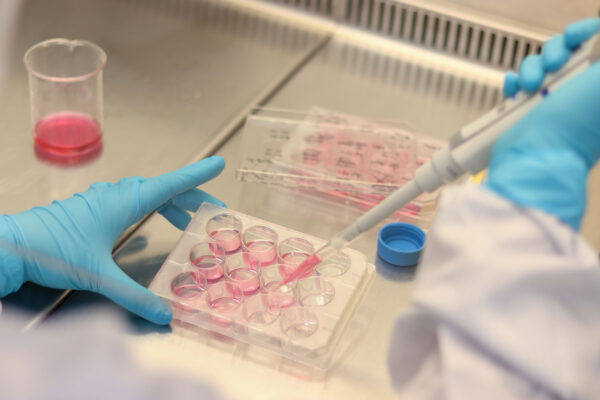
Induced pluripotent stem cells (iPSCs) hold great value in research because of their unique ability to differentiate into various cell types. These cells offer a promising avenue for disease modeling, drug discovery, and regenerative medicine. However, a significant challenge arises when researchers attempt to compare or integrate their findings derived from distinct iPSC lines. The level of variability in these lines in terms of donor genetics, differentiation tendencies, and response to gene editing techniques injects uncertainty into efforts to integrate iPSC research into a cohesive body of knowledge. To address this, a team of scientists set out to identify and characterize a robust human pluripotent stem cell line that could serve as a universal standard.
The team curated a selection of iPSC lines from public repositories, emphasizing those with broad consents for data sharing and further dissemination. After meticulous scrutiny, they zeroed in on several lines, including KOLF2_C1, KUCG3, LNGPI1, MS19-ES-H, NCRM1, NCRM5, NN0003932, NN0004297, and PGP1. Each line underwent a rigorous process of clonal derivation, where single-cell cloning and CRISPR-Cas9 editing were employed to ensure genetic and epigenetic stability. directional Genomic Hybridization (dGH) was employed to check for structural rearrangements. Morphological assessment revealed that all sub-lines exhibited typical characteristics of human iPSCs, though their growth dynamics were found to differ. The robustness of the p53 response to DNA damage was confirmed across all lines, ensuring their stability during prolonged culture and CRISPR-Cas9 editing.
The study explored the presence of genetic variants associated with Alzheimer’s and Parkinson’s diseases, reassuringly finding a relatively neutral genetic risk for these neurodegenerative conditions. The lines’ potential for CRISPR-based gene editing was evaluated, showcasing an efficient introduction of single nucleotide variants with minimal impact on genomic fidelity. Notably, the study assessed the differentiation potential of the lines, especially in the context of generating neural cell types, a crucial application of iPSCs. KOLF2.1J emerged as a standout candidate, demonstrating consistent performance across various differentiation protocols. The collaborative nature of the study extended beyond the laboratory, as KOLF2.1J was distributed to other research groups for extensive testing. The results reinforced its versatility and reliability across different laboratories, emphasizing its potential as a widely adopted reference iPSC line.
The KOLF2.1J reference line, with its well-defined genetic and phenotypic properties, may not only serve as a valuable resource for ongoing iPSC studies but may also set a precedent for the creation and adoption of reference cell lines in research communities centered around other cell types. This has the potential to greatly amplify the benefits of ongoing studies if it becomes easier to integrate data from different research projects cohesively. Hopefully, this will help accelerate the gains everyone enjoys from such impactful work.
References
Pantazis, C. B., Yang, A., Lara, E., McDonough, J. A., Blauwendraat, C., Peng, L., … & Merkle, F. T. (2022). A reference human induced pluripotent stem cell line for large-scale collaborative studies. Cell Stem Cell, 29(12), 1685-1702.
